Executive Summary
How will the world adapt as both the senior population and medical technologies advance? One TLT reader said it best: “Humans will become more hybridized with machinery.” With tribology serving its usual role as an enabling technology, TLT readers predict major medical advances in bone and joint replacement, arthritis-caused joint damage and oral tribology. As our knowledge of the tribological behavior of the human body increases, we also can expect major advances in replacement synovial fluids, cosmetics, personal care and food products. On the industrial side, readers forecast improvements in nanotribology as manufacturing technology and capabilities continue developing. Fatty acids still will be used in lubricant products, but according to readers we can expect a shift away from animal fats and toward vegetable-based fatty acids. The most optimistic outlook came from one reader who said, “It is my hope that a medicine will be developed that provides lubrication to body joints to not only reduce joint pain but also reduce the need for knee, hip and other joint replacements.”
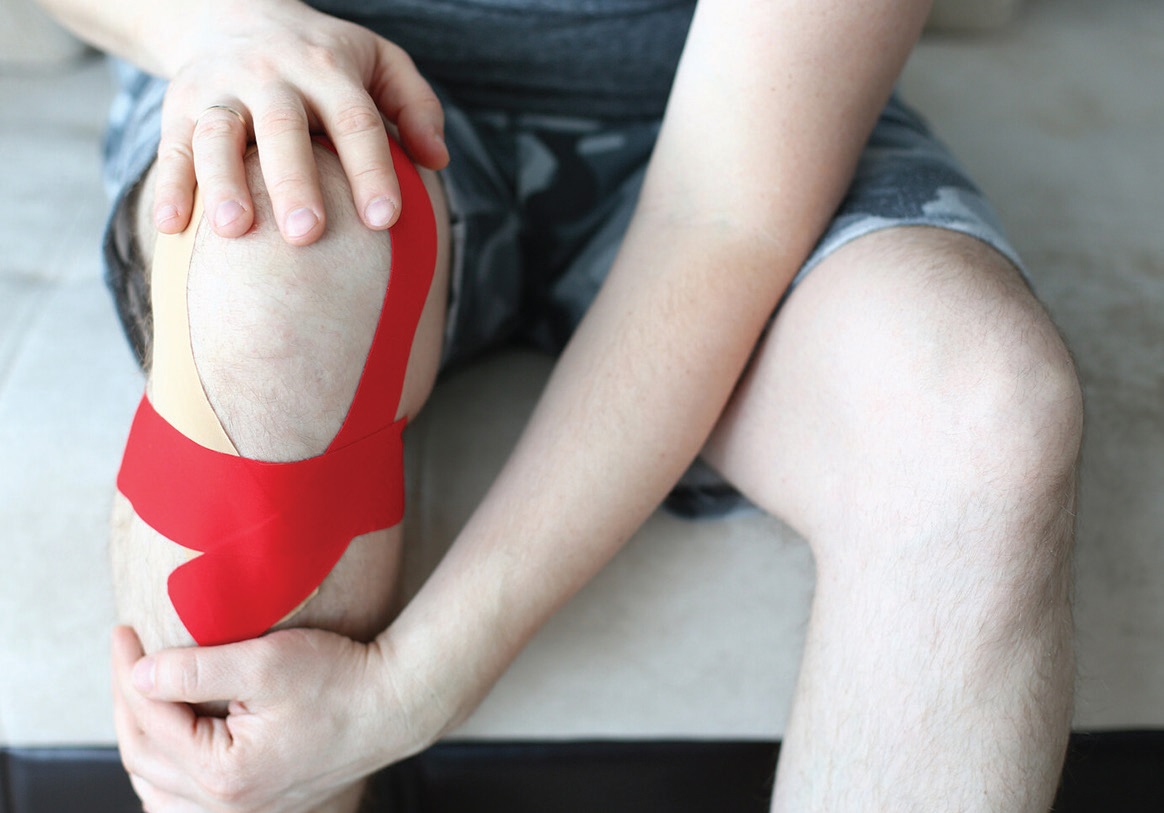 Q.1. How do you expect the interface between biology and tribology to expand?
Q.1. How do you expect the interface between biology and tribology to expand?
I believe there will be continued progress and research between bone and joint replacements to help make the process more effective with less pain and recovery time.
Tensile strength of materials, adhesive understanding.
For applications, internally I think there will be a need for better lubrication of artificial joints. Externally, I see a growing opportunity for assisted movement from robotics via exoskeletons. Lots of lubricant needs there. For usage I continue to see fatty acids playing a role in formulation of lubricants. I see a shift away from animal fats and toward vegetable-based fatty acids. Specific to metalworking, I see continued innovation in cutting fluids that will focus on eliminating the potential for bugs to grow in semisynthetic fluids, mostly by macro trends shifting either toward full synthetic fluids, or by the elimination of the need for cutting fluids entirely (e.g., additive manufacturing techniques).
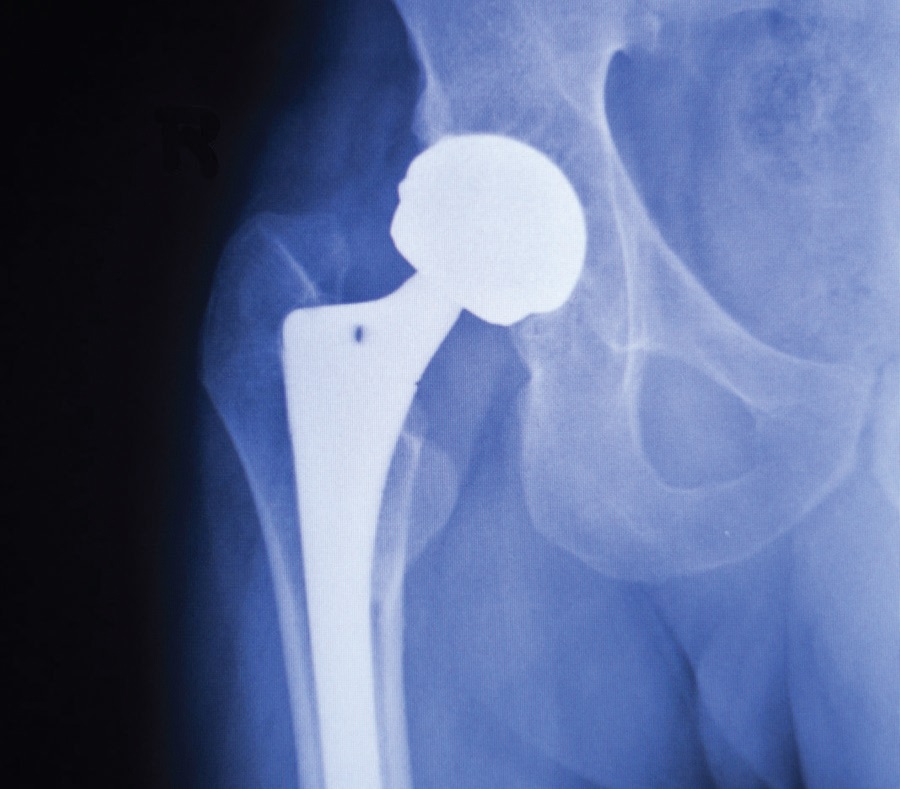
Cartilage repair and replacements will become commonplace.
I expect major changes in the joint-replacement field. Treatment of the joint interfaces in the patient should become possible with less-invasive procedures needed. Injections or other methods could replace synovial fluid within joints. Joint replacement surgery could shift to being a technique reserved for catastrophic trauma instead of wear-and-tear issues.
Surgical replacements in humans and animals would expand. Think proactive maintenance.

An understanding of the tribology of soft materials and patterned surfaces, such as those encountered in biological systems, will enable better wear protection and longevity of surfaces in medical applications.
Synovial fluids. Biolubricants.
Lubrication, in the most minute applications, will dominate near future advances. Whether or not these advances will be focused primarily on the lubricant, lubricated surface or a combination of both will be determined by successes in the particular field of study. I suspect an all-inclusive approach is most likely. Reliance on biological materials will increase as global political pressures drive these emphasizes, even though they may not offer the best solutions.
Hip and knee replacements are becoming more prevalent. I anticipate more advances in the technology for joint replacements, as well as other treatments to help restore damaged cartilage in the body. Bio-inspired lubricants also are an area of study with many potential applications as we develop more technologies to interface with the body.
Tribology of green materials.
It could be limitless applications in medical fields.
The study of new 3D-printed bone replacements and how the body lubricates these parts.
Advances in arthritis-caused joint damage.
Much better understanding of and ability to deal with implant rejection.
Oral tribology.
Knowledge of tribology of animal joints can greatly reduce friction and wear between non-rotary mechanism parts.
Cosmetics and personal care products.
We’ll see growth in the areas of nano-technology as manufacturing ability improves.
The larger percent of the population in North America getting older will become more challenging over the years. Orthopedic surgery is going to increase, and tribology will need to develop new human parts replacements.
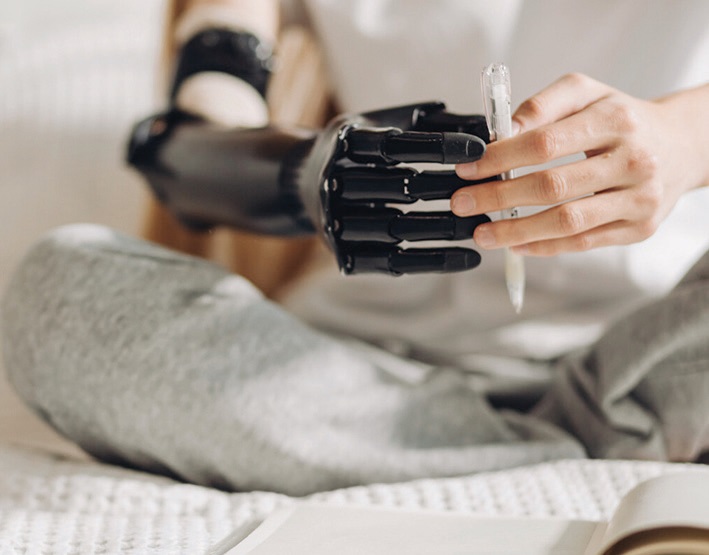
In the future, humans will become more hybridized with machinery. The number of biological and non-biological (e.g., metal, plastic) tribological interfaces will increase. The real challenge is how to test the performance in the laboratory to assure that implants are safe, effective and will last a long time. Let’s hope smart people are working on this.
Do you think current tribological testing methods and equipment are adequate for studying common biological applications?
Yes
38%
No
62%
Based on responses sent to 15,000 TLT readers.
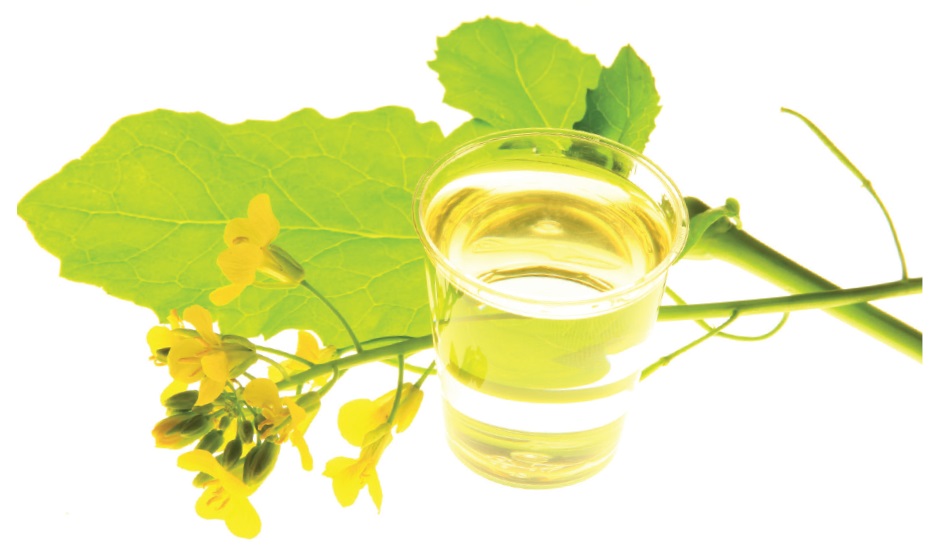 Q.2. Please describe a lubrication solution that involved biological materials.
Q.2. Please describe a lubrication solution that involved biological materials.
About the only one I can think of is a retired master machinist who told me about using bacon grease as a cutting lubricant for machining an aluminum alloy.
Vegetable oil-based products are used when mineral oil-based products are not allowed. Often the cause of the need for non-mineral-oil products is related to biodegradability requirements.
Not really new but growth of rapeseed oil as a lubricant. We found that original (natural) rapeseed oil had, in general, better wear protection on a ball-on-ring test than a commercial biolubricant without additives of the same viscosity.
Well, the Egyptians used animal fat to lubricate their chariot axles.
A very basic use involving the self-application of pest control on beef animals. Over the years, diesel fuel, used oil, etc., was used as the carrying agent for these pesticides. The poor beasts endured these insults to their wellbeing. The use of relatively inexpensive vegetable oil proved to be a very efficient, cost-effective method of application.
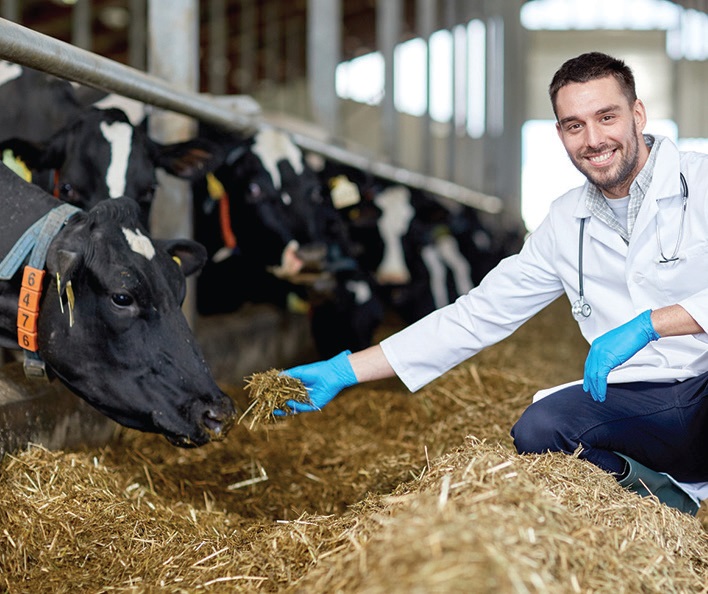
I work with hip implants. I think the use of bovine serum as a stand-in for synovial fluid is a good example of a biological lubricant.
Bio-products to protect the equipment and the environment.
Over a period of about 40 years, I have successfully developed non-invasive repair of arthritic human joints with a vitamin E-based oral regimen (tocopherol version only), which includes so-called trigger finger.
Railroad rail lubricants.
Many years before food grade lubricants became readily available, vegetable and oils were used in place of mineral oils. In most cases they did not provide the lubricity that minerals oil did, but they were safe to use around food products.
I could only punch copper discs with sharp burrs from the sheet after wiping it with mineral oil. My boss told me to try lard oil, and nice discs without burrs were punched very easily.
The use of castor oil to mix with methanol for small high-performance engines.
Getting a car out of a snow bank using some small branches under the tires.